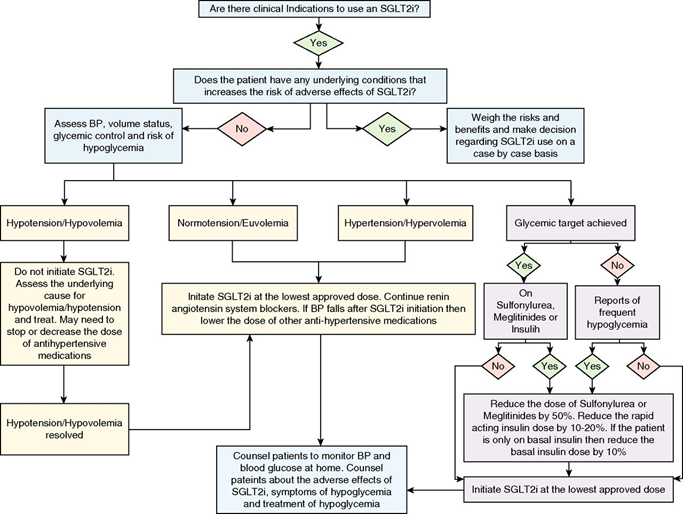
1) New study Tweetorial: Identifying patients with CKD risk at the time of nephrectomy: When to initiate nephrology consult in collaboration with @purvasharma821 @VBijol and Urology team with lead by Yihe Yang @JOncoNeph VA by @edgarvlermamd 

2)The prevalence of CKD is high among kidney neoplasm patients because of the overlapping risk factors. Our purpose was to identify kidney cancer survivors with higher CKD risk.
3) Other recent papers that have looked at this are @AJKDonline ajkd.org/article/S0272-… and in @JASN_News jasn.asnjournals.org/content/29/1/2… 

4)We recorded all nephrectomy specimens received at in last 2 years and retrospectively clinical data and labs. We also collected laboratory data at the time of and after the nephrectomy. 

5)The non-neoplastic parenchyma was evaluated based on the best available representative section using Periodic acid-Schiff stain from which we recorded the estimated percent of GS, IFTA and and AAS.
6)Follow-up data, including SCr, BUN, eGFR, uric acid, HbA1c, serum albumin, and urinalysis, were collected at two follow-up time points: within 3 months (FU1) and more than 3 months (FU2) post nephrectomy.
7)Results: Our table 1 and table 2: Of patients with follow-up >3 months, 84% were identified retrospectively to fulfill criteria for CKD diagnosis, although CKD was documented in only 15%. 



9)Results: Multivariate analysis IFTA >25%, severe arteriolar sclerosis, female , older age , BMI ⩾ 25, documented CKD, baseline eGFR ⩽ 60 and radical nephrectomy (p < 0.001) were independent risk factors of lower eGFR at baseline and during follow-up.
10)Results: Overall average eGFR by different: (a) overall average eGFR by sex, (b) overall average eGFR by age, (c) overall average eGFR by IFTA%, and (d) overall average eGFR by AAS. 

11)Results: Kidney function at follow up:
Average eGFR decreased within 3 months post nephrectomy. However, patients with different risk levels showed different eGFR time trend pattern at longer follow-ups.
Average eGFR decreased within 3 months post nephrectomy. However, patients with different risk levels showed different eGFR time trend pattern at longer follow-ups.

12)Results: Multivariate analysis of time × risk factor interaction showed BMI, radical nephrectomy and baseline eGFR had time-dependent impact. BMI ⩾ 25 kg/m2 and radical nephrectomy were associated with steeper eGFR decrease slope.
13)Results: In baseline eGFR > 90 ml/min/1.73 m2 group, eGFR rebounded to pre-nephrectomy levels during extended follow-up. In partial nephrectomy patients with baseline eGFR ⩾ 90 (n = 61), proteinuria and BMI were independent risk factors of decreased eGFR during follow up. 

14)Results: In the 127 patients with ⩾3 months follow-up, 107 patients (84.3%) were identified retrospectively to fulfill criteria for CKD diagnosis. Only 16 (15.0%) of them had documented CKD diagnosis in EMR system.
15)Results: Two patients (1.9%) were at CKD stage 1; 25 patients (23.4%) were at CKD stage 2; 55 patients (50.5%) were at CKD stage 3; 15 patients (14.0%) were at CKD stage 4; 11 patients (10.2%) were at CKD stage 5.
16)Results: Denovo CKD: 23 patients fulfill the following criteria: (1) no history of CKD prior to nephrectomy; (2) eGFR ⩾ 90 (3) negative proteinuria at nephrectomy. Eleven (47.8%) of these patients had follow-up >3 months. These patients showed acute eGFR decrease at 3m
17)Limitations: Retrospective nature of our study. These patient had limited follow up, with post-nephrectomy eGFR measurements at >3 months available in a minority of patients. Third, as this was a single institution study, findings may lack generalizability.
18)Conclusions: A minimum workup for all patients undergoing nephrectomy must include SCr, eGFR, and urinalysis; this seemingly universal standard of care has not been always followed in practice in a large proportion of patients in our experience.
19)We confirm that non-neoplastic renal pathology evaluation is of great value and should include an estimate of % GS and IFTA. Patients with any proteinuria and/or eGFR ⩽ 60 at the time of nephrectomy or in follow-up, and/or >25% GS or IFTA, should be referred to nephrology 

Link to study: journals.sagepub.com/doi/full/10.11…
• • •
Missing some Tweet in this thread? You can try to
force a refresh















